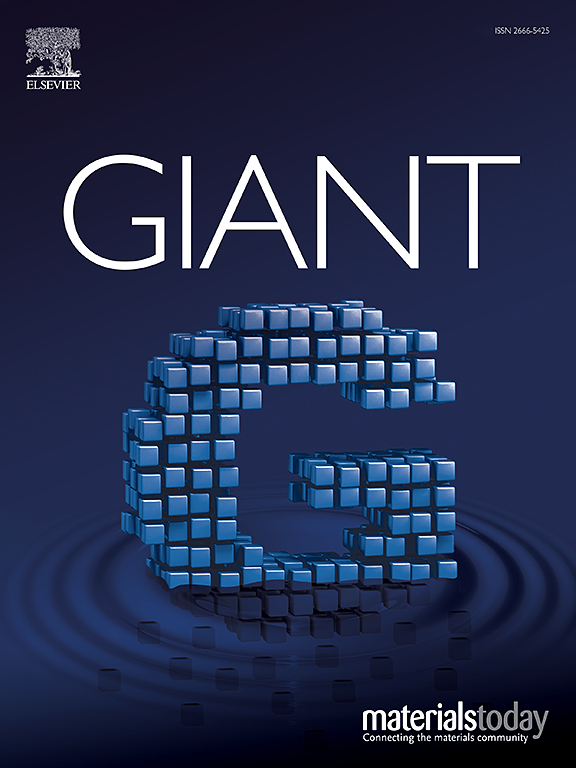双组份熔融纺丝制备具有高亲水性多沟槽微结构的两亲性聚丙烯纤维
IF 4.9
1区 化学
Q2 CHEMISTRY, MULTIDISCIPLINARY
引用次数: 0
摘要
采用可扩展的分段式双组分纤维熔融纺丝和后处理工艺制备了具有多沟槽亲水性微结构的可调表面两亲性聚丙烯纤维和纺织品。结果表明,在双组分熔融纺丝过程中,改性聚乙烯醇(PVA)大分子链在PP界面/界面相上的分子注入是PP纤维微通道(微格栅)内亲水性的主要原因。这些亲水性通道通过聚丙烯纤维和织物带来了超毛细排汗效果,比以前的技术更强大,通过环保的水处理技术对纤维和织物进行功能性处理。例如,在水染色处理中,这些多沟槽新型两亲性纤维展示了一种实用的解决方案,解决了众所周知的难题,即PP纤维由于其固有的低表面能而基本上不可能染色。此外,将两亲PP扩展到更高价值的功能和更广泛的应用领域是一个很大的希望。本文章由计算机程序翻译,如有差异,请以英文原文为准。

Amphiphlic polypropylene fibers with highly hydrophilic multi-grooved micro-structures through bicomponent melt spinning
Tunable surface amphiphilic polypropylene (PP) fibers and textiles with multi-grooved hydrophilic micro-structures have been prepared through a commercially scalable segmented pie bicomponent fiber melt spinning and post-treatment process. It was demonstrated that the molecular implantation of a modified polyvinyl alcohol (PVA) macromolecular chains onto the PP interface/interphase during the bicomponent melt-spinning process was responsible for the hydrophilicity inside the micro-channels (micro-groves) of the PP fibers. These hydrophilic channels brought about super capillary wicking effect through the PP fibers and fabrics that is much amplified than previous technologies to functional treatment of the fibers and fabrics via environmentally friendly aqueous processes. In aqueous dyeing treatment, for example, these multi-grooved novel amphiphilic fibers demonstrated a practical solution to the well-known dilemma that PP fiber is essentially impossible to dye due to its inherently low surface energy. Additionally, there is a great promise to expanded the amphiphilic PP to higher-value functionalities and wider-field applications.
求助全文
通过发布文献求助,成功后即可免费获取论文全文。
去求助
来源期刊

GIANT
Multiple-
CiteScore
8.50
自引率
8.60%
发文量
46
审稿时长
42 days
期刊介绍:
Giant is an interdisciplinary title focusing on fundamental and applied macromolecular science spanning all chemistry, physics, biology, and materials aspects of the field in the broadest sense. Key areas covered include macromolecular chemistry, supramolecular assembly, multiscale and multifunctional materials, organic-inorganic hybrid materials, biophysics, biomimetics and surface science. Core topics range from developments in synthesis, characterisation and assembly towards creating uniformly sized precision macromolecules with tailored properties, to the design and assembly of nanostructured materials in multiple dimensions, and further to the study of smart or living designer materials with tuneable multiscale properties.
 求助内容:
求助内容: 应助结果提醒方式:
应助结果提醒方式:


